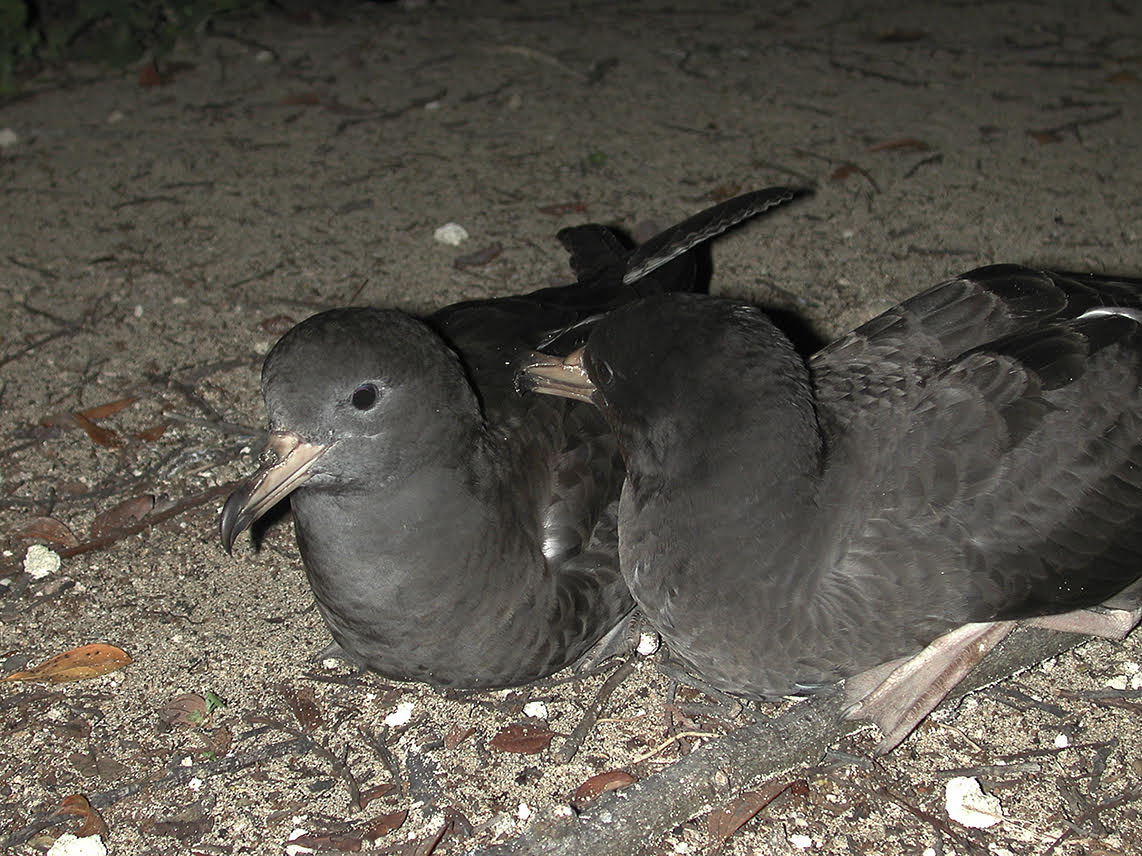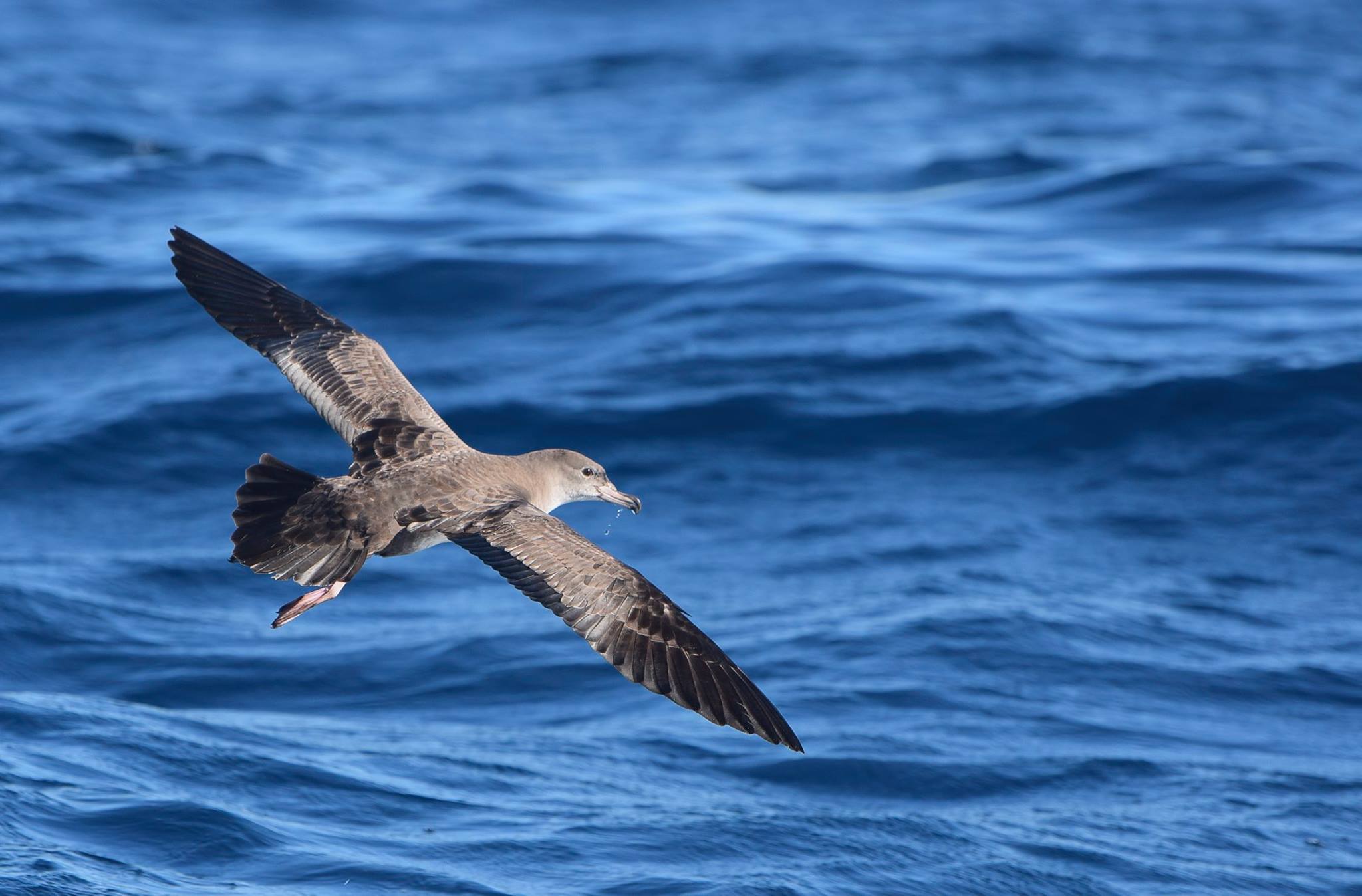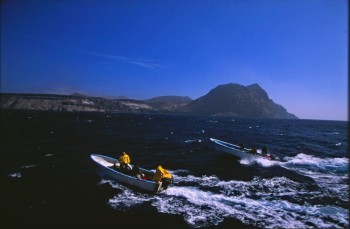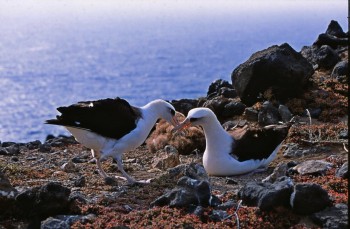Simon Gorta (Centre for Ecosystem Science, School of Biological, Earth and Environmental Sciences, University of New South Wales, Sydney, Australia) and colleagues have published in the journal Biological Conservation on changes over 17 years in numbers of pelagic seabirds off south-eastern Australia, including of nine species of ACAP-listed albatrosses and petrels.
The paper’s abstract follows:
“Many seabird communities are declining around the world, a trend frequently linked to climate change and human impacts on habitat and prey. Time series observations of seabirds away from breeding colonies are generally rare, which limits our understanding of long-term changes for conservation actions. We analysed a dedicated citizen science dataset of pelagic seabird abundance (86 species-30 used for modelling analysis-from 385 trips) from two locations over 17 years (2000-2016) and a third for seven years, over the continental shelf and slope of southeastern Australia. To estimate temporal trends and environmental drivers, we used generalised additive modelling and species archetype modelling for groups. Almost half (43%) of the most abundant seabird species declined in our study area over the 17 years. The declines may be associated with human-induced ecosystem change and represent poleward shifts in distribution out of our study area, changes in population abundance, or both. Winter-dominant groups, primarily species rarely frequenting warmer water, were often negatively associated with SST anom, while summer-dominant groups, composed of species more tolerant of temperate and tropical environments, were generally positively associated with SST anom. Widespread local declines in seabird populations are of increasing concern. Understanding the extent to which these observed declines represent real declines in abundance, or range shifts, should be a priority. Changing sea temperatures are probably contributing to both. These results from the coast of southeastern Australia need to be placed in the context of the highly mobile study organisms and the vast spatial scale of the ocean. Long-term citizen science observations, from an array of locations around the world, promise to provide valuable insights into seabird ecology, playing a key part in seabird conservation.”
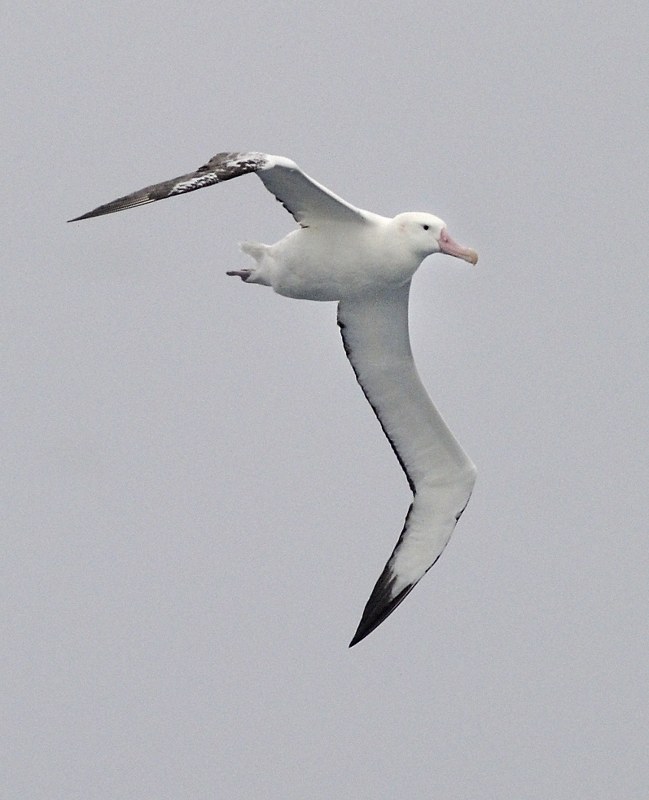
Wandering Albatross at sea, photograph by Kirk Zufelt
With thanks to Simon Gorta.
Read a popular article on the publication.
Reference:
Gorta, S., Smith, J.A., Everett, J.D., Kingsford, R.T., Cornwell, W.K., Suthers, I., Epstein, H., McGovern, R., McLachlan, G., Roderick, M., Smith, L., Williams, D. & Callaghan, C.T. 2019. Pelagic citizen science data reveal declines of seabirds off south-eastern Australia. Biological Conservation 235: 226-235.
John Cooper, ACAP Information Officer, 17 July 2019
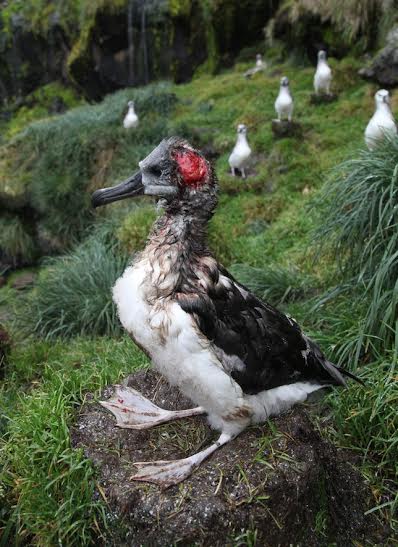
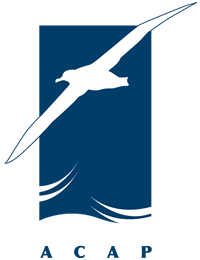
 English
English  Français
Français  Español
Español 